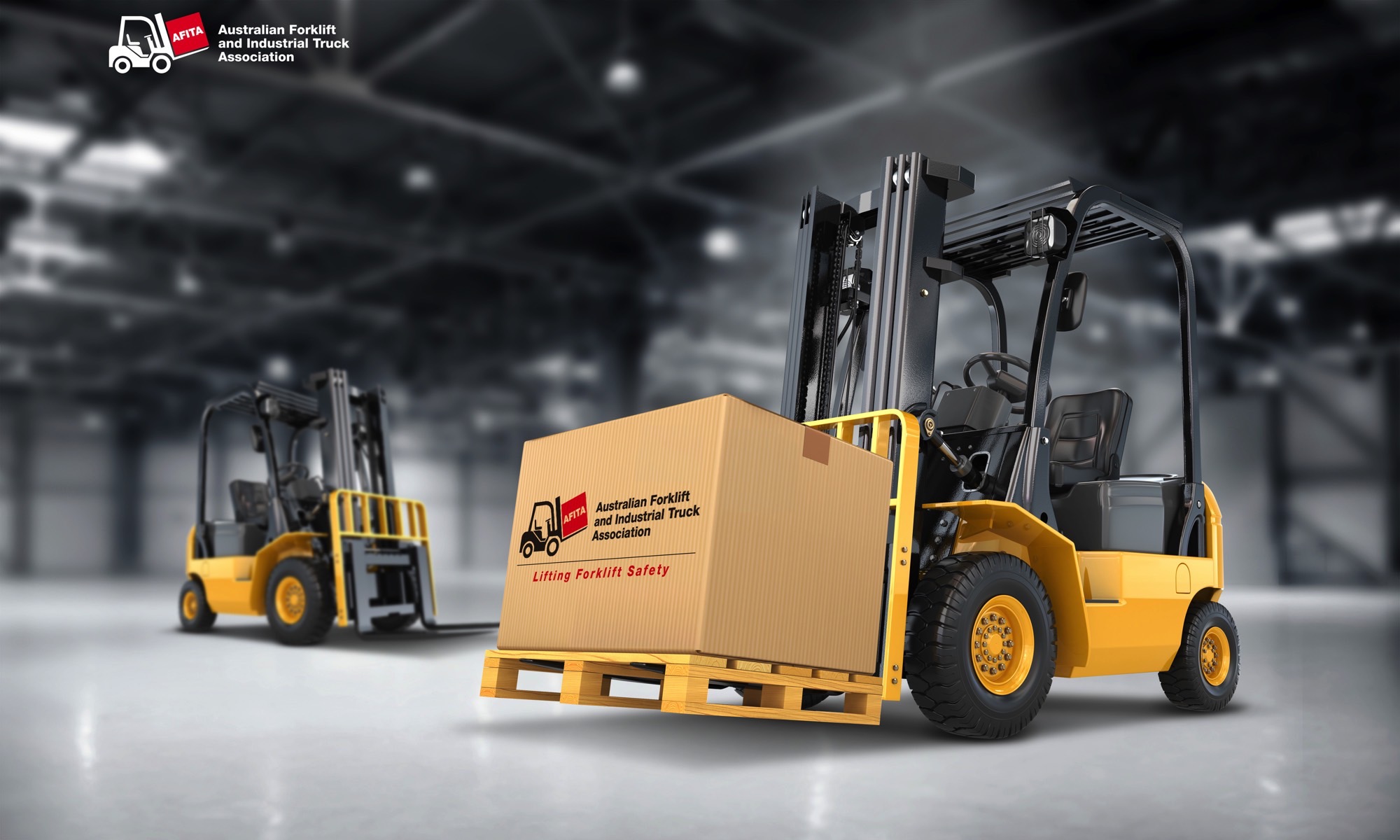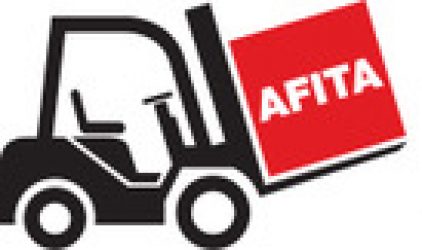What are the different Forklift types?
- Class I: Electric Motor Rider Forklifts
- Class II: Electric Motor Narrow Aisle Forklifts (Reach Trucks, Order Pickers)
- Class III: Electric Pallet Jacks, Stackers, and Tow Tractors
- Class IV: Internal Combustion Cushion Tire Forklifts
- Class V: Internal Combustion Pneumatic Tire Forklifts
- Class VI: Electric/IC Engine Tow Tractors
- Class VII: Rough Terrain Forklifts
Let’s explore the distinct applications, benefits, and features of each of the seven classes of forklifts:
Class I: Electric Motor Riders
Class I Forklifts are electric motor riders. These electric-powered forklifts are ideal for loading and unloading tractor-trailers, handling pallets, and a number of other applications in industries ranging from food storage and retail to factory and general warehousing.
Because they are powered by an electric battery, Class I forklifts are much quieter and create no emissions, making them a popular choice for indoor applications. Batteries on Class I forklifts also function as part of the counterweight to help maintain lifting capacity.
Class II: Electric Motor Narrow Aisle
Class II Forklifts are electric, narrow aisle models. As the name suggests, Class II forklifts are designed with manoeuvrability that allows them to operate in tight spaces and narrow aisles. This class of forklifts is perfect for picking and putting away inventory, and these trucks provide users the ability to increase racking space without expanding their current warehouse.
Types include order pickers, low level order pickers, reach trucks.
Class III: Electric Pallet Jacks / Stackers / Tow Tractors
Class III equipment includes electric pallet jacks, stackers, and tow tractors. This class of equipment comes in both rider and walk behind (“walkie”) models, perfect for unloading deliveries and moving loads to a staging area where they can be handled by other types of forklifts.
Class IV: Internal Combustion Engine Cushion Tire
Class IV Forklifts are internal combustion engine cushion tire trucks. This class of sit-down forklifts is designed for indoor use. Class IV Forklifts are powered by internal combustion (IC) engines that run on diesel fuel, LP gas, gasoline, or compressed natural gas. Their solid, cushioned tires provide a smooth ride on indoor surfaces and they’re puncture-proof since they are not air-filled.
Class V: Internal Combustion Engine Pneumatic Tire
Class V Forklifts are internal combustion engine pneumatic tire trucks. Forklifts in this class are similar to those in Class IV but are designed primarily for outdoor use. These forklifts are highly durable and are ideal for timberyards, construction sites, and other outdoor applications.
Class VI: Electric/ IC Engine Tow Tractors
Class VI equipment includes electric and internal combustion engine tow tractors. These machines are most commonly used for towing loads rather than lifting. Trucks in this class are ideal for use at airports but are also commonly used in assembly line areas.
Class VII: Rough Terrain Forklift Trucks
Class VII Forklifts are rough terrain trucks. Trucks in this class feature large, tractor-style tires and are powered almost exclusively by diesel engines for outdoor use in rugged terrain. Class VII trucks are most commonly used at timberyards or construction sites to lift building materials to elevated work sites.
How to Choose Between IC (gas-powered) or Electric Forklifts:
Deciding whether an internal combustion forklift or electric forklift is appropriate for your application can seem like a daunting task. Here are some high-level considerations that you might take into account when choosing between a gas-powered and electric powered forklift:
Electric Forklift Benefits
- Typically less maintenance than I/C forklifts
- Quieter with little emission sounds
- No fuel-storage requirements
- Requires a charging station
- No tailpipe emissions
- Lifespan depends on the application, use, and maintenance
- A better option for smaller, confined areas
- The batteries are part of the counter-balance so changing the batteries to a different type of size will require recertification of the machine.
- Use cycle and charging options need to be considered when selecting the battery type.
- Large numbers of rapid charge units may require consideration of site power supply options.
Internal Combustion Forklift Benefits
- Operate on gasoline, diesel, compressed natural gas, or liquid propane gas
- Primarily used outdoors, but can be used in moderation in some indoor applications
- Can operate in various conditions
- No batteries to recharge
- Lifespan depends on the application, use, and maintenance
- Noise emissions should meet or exceed ANSI B56.1 standards
Talk to an AFITA member dealer a help you make the best decision when choosing between an electric or IC forklift.

